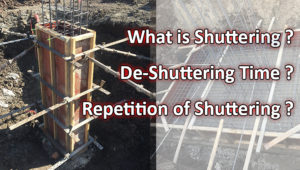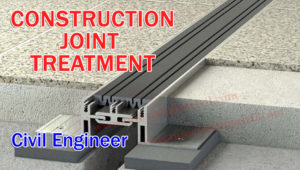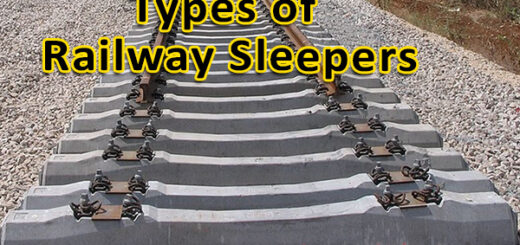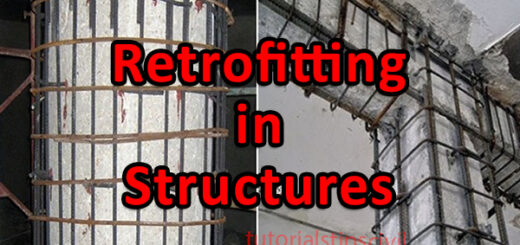Self Healing Concrete and Asphalt,
Self-Healing Concrete
Micro-cracks developed in any concrete structure can lessen its serviceable years. Thus, all type of concrete work requires well compaction, vibration, proper mixing of materials so as to avoid honeycombing, voids, corrosion of reinforcement or cracks in the concrete work. However, sometimes due to poor workmanship or thermal effects, it is unlikely to have expected results. Even a smaller crack can get bigger causing a fortune to repair. In order to deal with this situation, researchers have come up with a new material: Self-healing concrete to reduce the cost of maintenance and repair.
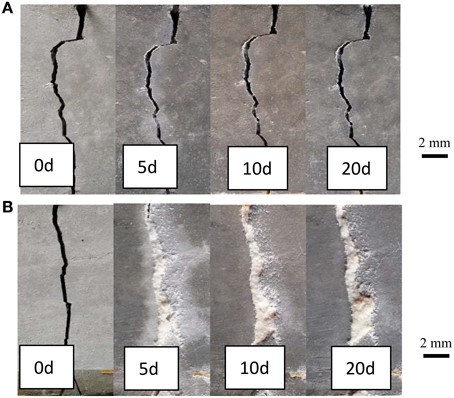
Self-healing concrete is made by encouraging alkaliphilic bacteria into the concrete. Despite the high pH-value of concrete, alkaliphilic bacteria survive in concrete. Small capsules of these alkaliphilic bacteria are mixed with wet concrete that serves as a water-permeable material. Whenever a crack opens up, these capsules start producing calcite (crystalline calcium carbonate) which fills in the crack and sets immediately. Self-healing concrete is suitable for the use where the cracks are difficult to repair or which cannot be repaired from outside.
Self-Healing Asphalt
Asphalt is mainly used for road construction. While laying an asphalt pavement, stones are rolled into a wearing layer of asphalt. Asphalt works as a binder to hold these stones together yet there are several factors such as temperature, rain etc. that can cause cracks on the surface. These cracks get broaden by continuous wear and tear caused by vehicles leaving portholes which can slow down smooth traffic movement.
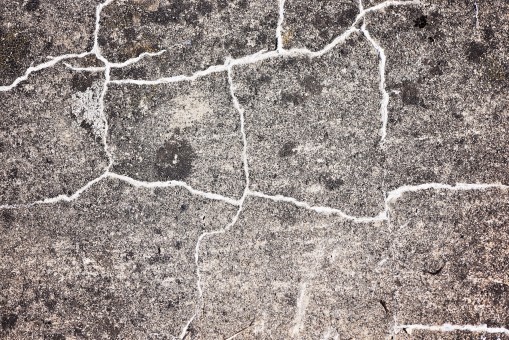
With the purpose of reducing these cracks, researchers have come up with several self-healing ways for Asphalt which are as follows:
-
Self-Healing Asphalt using Steel Fibres:
Asphalt can be made Self-Healing by adding steel fibres to it which ensures that if the surface is worn out or if portholes appear, asphalt does not have to be replaced but only needs to be repaired. The iron particles are heated remotely by a magnetic field. Steel fibres in the road are heated up by induction heating which prompts heat to the mortar causing it to melt and reset at its original location or self-heal.
-
Self-Healing Asphalt using Iron Oxide Nanoparticles:
In this method, researches have used the same approach as in the previous method. The only difference here is that they will be using Iron Oxide nanoparticles in place of steel fibres. Like the steel fibres, these nanoparticles tend to heat up when in contact with the magnetic field and instead of an induction machine we use magnetic coils in this method. It heats up the surrounding bitumen which melts and start healing itself.
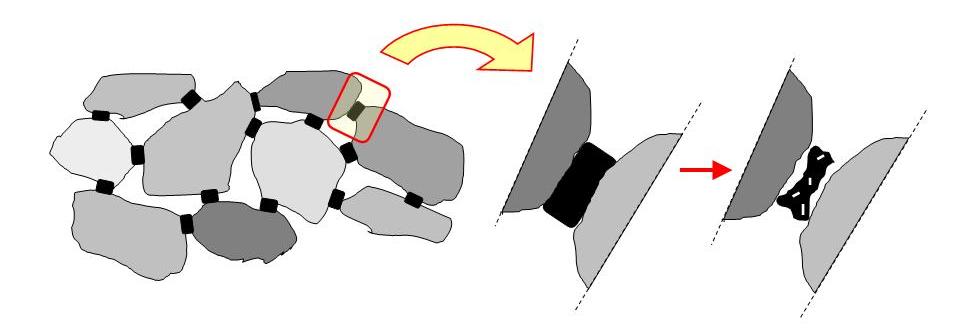
-
Self-Healing Asphalt using Capheal (Sunflower oil microcapsules):
This method comprises use of Sunflower oil to repair the Asphalt. In this method, the microcapsules of sunflower oil are inserted into the asphalt which helps in reducing the viscosity of bitumen and further helps to heal itself. Every time a smaller crack opens up, these capsules burst out and start healing that crack.




